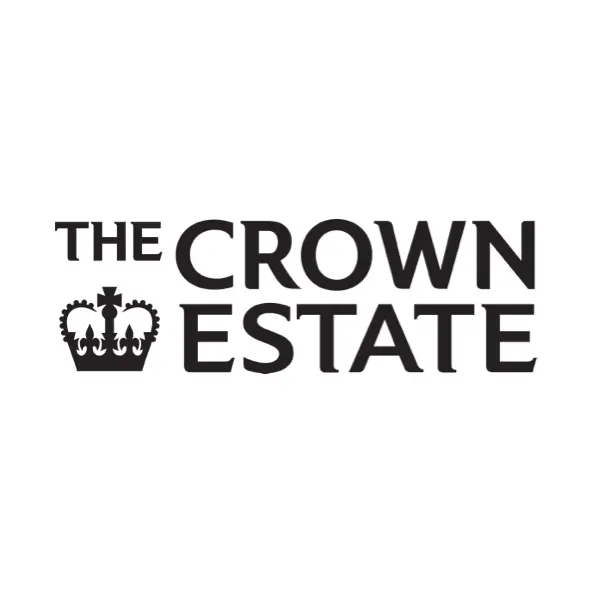genericSection
DE_Data > BI Service Page_HERO
Business Intelligence.
Verwandeln Sie Daten in Erkenntnisse.

Page Hero Image Overlap
False
grid
DE_Grid Four Columns - BI
Wie wir helfen.
Wir helfen Ihnen, Ihr Unternehmen besser zu verstehen, indem wir die Gesamtqualität und Vertrauenswürdigkeit Ihrer Daten erhöhen und sie auf intuitive Weise nutzbar und sichtbar machen. Einige der typischen Kundenherausforderungen sind aus unserer Sicht folgende.
DE_BI - Element - Siloed Ops
Datensilos verhindern einen einheitlichen Blick auf die Leistungserbringung.

False
DE_BI - Element - Trust
Ein Mangel an Datenqualität und Governance führt zu einem Bruch in der Informationskette – wir vertrauen den Daten nicht.

False
DE_BI - Element - Reports
Berichte sind zum Wegwerfen: Wir erstellen Berichte, um eine Frage zu beantworten, und verwerfen sie dann.

False
DE_BI - Element - Timescales
Wir können Daten nicht im gewünschten Zeitrahmen zur Verfügung stellen.

False
DE_BI - Element - Locked
Unsere Daten sind nicht zugänglich / Wert ist in strukturierten Formaten geschlossen.

False
DE_BI - Element - Formats
Wir präsentieren Daten uneinheitlich und in benutzerunfreundlichen Formaten.

False
DE_BI - Element - Value
Wir generieren immer größere Datenmengen, wir schöpfen daraus aber nicht genug Wert.

False
DE_BI - Element - DS
Unsere Data Scientists machen coole Sachen – aber wir können es nicht sehen.

False
0
Grid
Four Columns
White
Center
With Borders
Small Image
Default
genericSection
Empty-Space_White_LINKED
Empty Space
False
White
genericSection
DI_Diagram_Our resources and capability - BI
Unsere Ressourcen und Fähigkeiten
Umfang und Fähigkeiten unserer talentierten Teams (und wo Sie uns finden können).

Single Image
False
Black
genericSection
DE_BI - Dashboard Visualisation
DE_BI - Dashboard Visualisation
Dashboard-Visualisierung.
Wir arbeiten eng mit Ihrem Unternehmen zusammen, um Ihre Ziele und Anwendungsfälle zu verstehen. In Zusammenarbeit mit Ihren Teams und Stakeholdern brechen wir Silos auf und führen Datensätze über verschiedene Geschäftsbereiche hinweg zusammen, um eine einzige, zentrale Quelle der Wahrheit für eine genauere Analyse und Planung aufzubauen und zu etablieren.
Durch unsere starken Designprinzipien optimieren wir Ihre Dashboards auf schnelle und übersichtliche Darstellungen. Wir liefern ansprechende, prägnante und überzeugende Visualisierungen, unterstützt durch leistungsfähige, skalierbare und logische Datenmodelle auf einer Plattform, die alle Ebenen der Datenreife und -komplexität unterstützt.

False
Value Proposition
False
Left
genericSection
DE_BI - SelfServe
DE_BI - SelfServe
Self-Service-BI.
Unsere BI-Berater können Sie auch dabei unterstützen, eigenständig Berichte, Dashboards und Visualisierungen zu entwickeln, zu verwenden und zu teilen, die den Zustand und Erfolg Ihrer Geschäftstätigkeit genau widerspiegeln.
Wir entwerfen vielseitige Modelle, die große Mengen diverser Daten auf potenzielle Trends in Low-Code- und No-Code-Umgebungen untersuchen, sodass Sie bei Bedarf personalisierte/benutzerdefinierte Berichte und Visualisierungen erstellen können.

False
Value Proposition
False
genericSection
DE_What it means to you table - BI
Wie wir arbeiten und welchen Nutzen Sie daraus ziehen können.
DE_Wie es funktioniert und was es für Sie bedeutet.
| Wie wir arbeiten. | Was es für Sie bedeutet. |
|---|---|
| End-to-End-Berichtsinfrastruktur mit optimierter Pipeline zwischen Datenquellen und Bereitstellung von Geschäftseinblicken. | All-in-one-Reporting-Engine, die Ihre Intelligence-Reise ankurbelt. |
| Echtzeit-Einblicke und BI-Systeme, die Live-Metriken anzeigen. | Ermöglicht Betriebsanwendungsfälle, die umsetzbare und sofortige Einblicke erfordern, die über den traditionellen strategischen und rückwärtsgerichteten Fokus hinausgehen. Ermöglicht schnelle und effiziente operative Reaktionen. |
| Endnutzerorientiertes, intuitives Frontend-Design, das die Qualität der Geschäftskommunikation betont. | Der Weg zu Erkenntnissen ist ansprechend und beschleunigt, was entscheidend für die Förderung einer Datenkultur in Ihrem Unternehmen ist. |
| Starke Verbindungen in die Ascent Data Science-Praxis. | Nutzt eine veränderte Denkweise und erweiterte Analysefunktionen, um spürbare geschäftliche Auswirkungen zu erzielen. |
| Teil eines breiten, ausgereiften Angebots, das Data Engineering, Consulting und Data Science mit Softwareentwicklung und Design Thinking kombiniert. | Direkter Weg zum Aufbau überzeugender Geschäftsservices zusätzlich zu Ihrer BI-Investition. |
True
Base
False
genericSection
IN AKTION
DE_DATA - BI CaseStudy
ECB
Optimierung der Spielerleistung durch Daten.
Ascent ist stolz darauf, der erste offizielle Performance-Insight-Partner von ECB Women’s Cricket zu sein. Wir liefern dem ECB-Management und den Spielern topaktuelle Einblicke, die Entscheidungen zur Leistungsoptimierung in Echtzeit sowohl in langfristigen Coaching- als auch in Spielserienszenarien ermöglichen.
Wir haben eine Reihe von Datenquellen identifiziert und verbessert. Dies schließt einen zentralisierten Hubs für Spielaufnahmen en, der dem Support-Team der England Women’s Performance einen 360-Grad-Blick auf die medizinischen, coachingbezogenen, physiologischen Faktoren, das Wohlbefinden und die psychische Gesundheit geben. Dies trägt in weiterer Folge zu gesteigerten Leistungen und Erfolgen bei. Der Entwurf und die Erstellung des Gesamtbildes mit aussagekräftigen Daten ist entscheidend, da es dem Team hilft, fundiertere Entscheidungen zur Unterstützung von Spielern zu treffen, die Auswirkungen von Gesundheit und Wohlbefinden auf die Leistung zu verstehen und Trainingspläne zu optimieren und zu konsolidieren.

DE_Logo- Data - Case Study - BI Services
Logo
False
Career Progression Services
False
Black
genericSection
Empty-Space_White_LINKED
Empty Space
False
White
Unsere Kunden
Ascent arbeitet mit über 150 Unternehmen im DACH-Raum, Großbritannien und den USA zusammen. Von globalen Versicherungen, Banken über Gesundheitswesen und Retail bis hin zu Big Tech und Weltraumforschung – wir arbeiten mit einigen der klügsten Köpfe in den innovativsten Unternehmen zusammen.
genericSection
DE_Explore our other data services - BI
Weitere Dienstleistungen entdecken.
Mission And Values With Tiles
False
genericSection
Empty-Space_White_LINKED
Empty Space
False
White
genericSection
DE_[DATA SERVICE] Lets get started section
Let's get started.
Wir helfen unseren Kunden, bahnbrechende Produkte zu entwickeln, wichtige Daten- und Softwareprojekte durchzuführen und starke interne Teams aufzubauen. Sie stehen vor einer Herausforderung?
Wir sind bereit, wenn Sie es sind.

Get In Touch
False




































